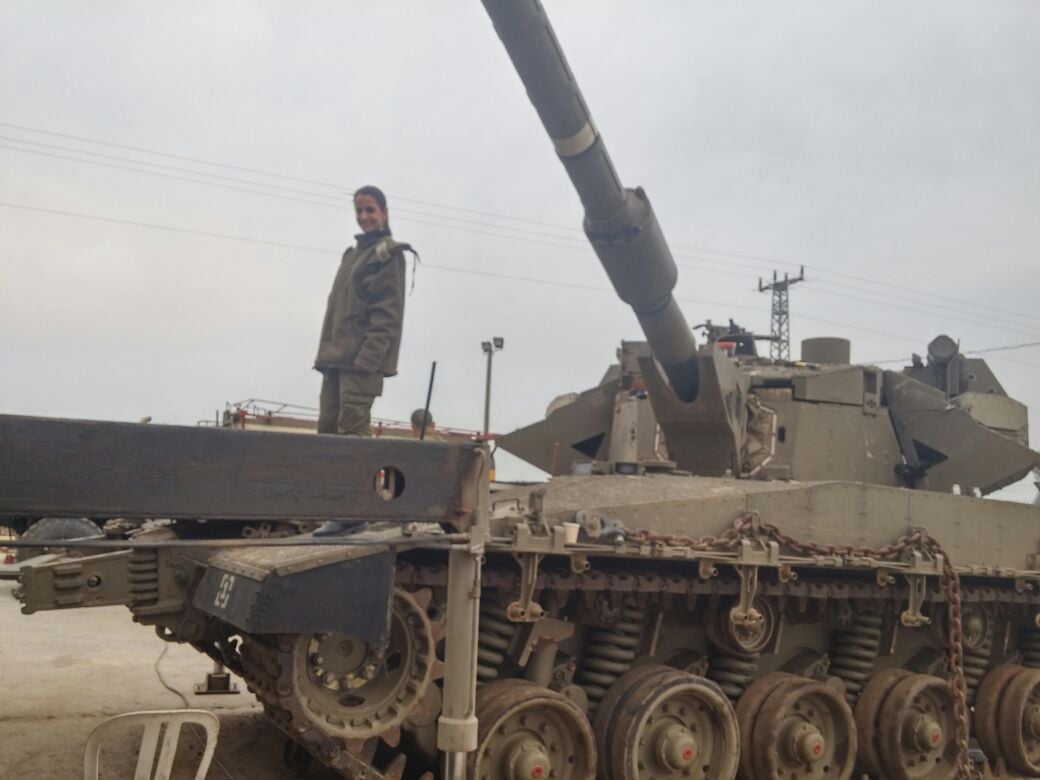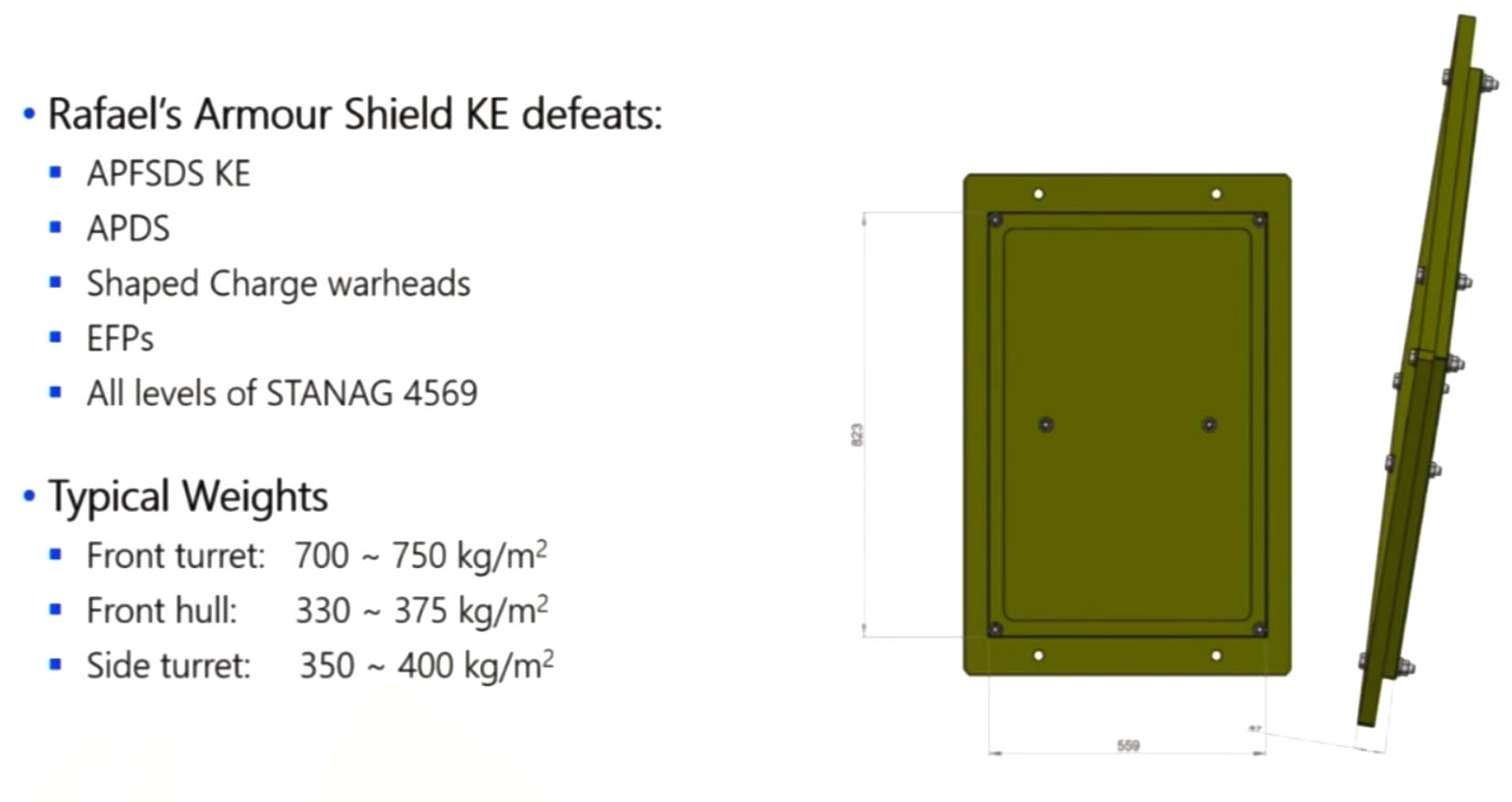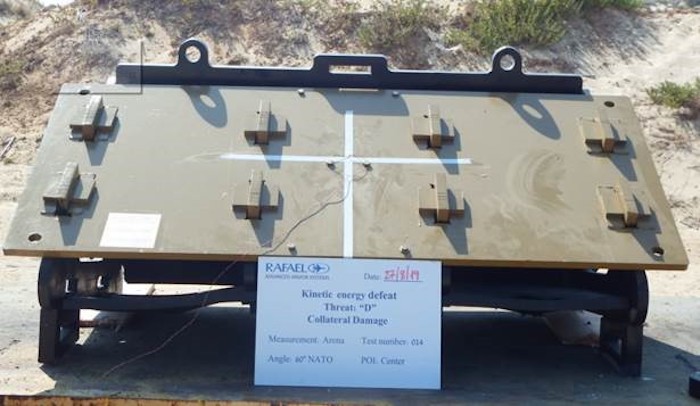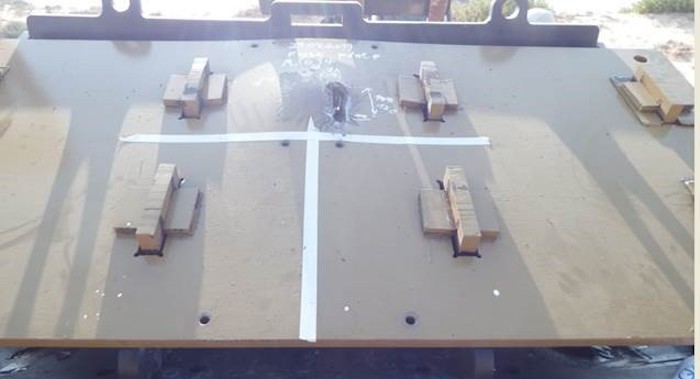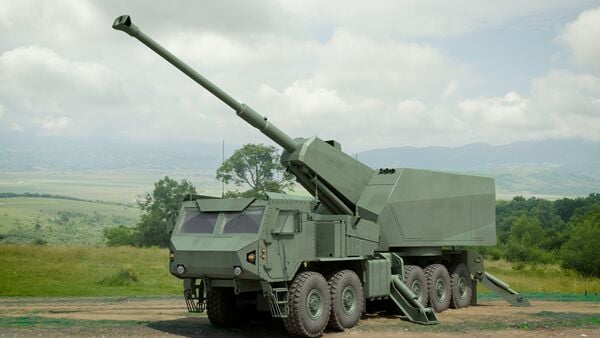Did IAI win because of-
1) Better experience with incorporating systems and physical platform creation, IE drones?
2) IAI’s deeper connections with India and that Carmel might incorporate an Indian partner.
3) Strategic choice of resource investment to have IAI focused purely on Carmel. Whereas if Elbit /Rafael were selected for OMFV and Carmel, that firm would be strained to deliver both products well. By having IAI on carmel and Elbit/Rafel on OMFV, more can be learned all around?
1) All companies involved are very much capable as prime contractors, as they all have some OEM-level capabilities. Rafael perhaps the least, as I'm aware, but certainly Elbit has the biggest edge here. By acquiring IMI, it has gained the capability to do OEM-level work on any platform it chooses, which is an exceptional capability.
(OEM - Original Equipment Manufacturer. It means they can work on it as if they designed and built it).
Yet it doesn't seem to be a significant factor here. The winner basically delivers the systems, but the integration, physically, on the platforms, is done in tandem with the IDF's own units, so if the company cannot deliver on that part, the IDF will.
2) The desired partnership with India is not for the R&D of the system, but merely a desire for them to purchase the product and commit early on to it, to induce a cash flow into the project so the IDF can save money and buy it sooner than planned. Similarly a partnership with the US is desired, but in that one it would be a fierce competition.
If anything, IAI is least well positioned company to compete in the US, because Rafael and Elbit already found powerful partners, while IAI is forced to go the G2G route.
Regardless of the winner, Israel would at least pitch it the G2G route to India.
3) Involvement in the competition and a win in Israel is actually a major advantage for the winner. It allows it to leverage work it has already done for one to accelerate the schedule for the other, making its proposal more economical in the competition phase, and better on the schedule, thus overall more attractive.
As I've said here before, IAI's system may have been my favorite, but their victory is strategically wrong because other companies are better positioned to win in the US and elsewhere.
Any thoughts on the rumor Carmel was looking for an American and Indian partner and the strategy/tacitcs behind this?
It's not a rumor. The Carmel is supposed to enter service in a very limited way in 2023 (delayed from 2021) on the Merkava, Eitan, and perhaps the Namer. And fully on a new platform around 2029 (delayed from 2027).
R&D projects of this scale are expensive and not very easy financially for Israel to handle, as it already outspends basically the entire west in defense (per capita) and maintains a huge army. It could use outsourcing some of the financing.
It's only natural to find partners to share the costs.
The US did it in the JSF program. Russia does it with much of its modern equipment.
IDF statement said Carmel final version would still incorporate technologies/strategies from Elbit and Rafael. So what exactly are they producing themselves if they are integrating Elbit/Rafael technologies?
All these companies share many of the same strengths. They all have vast experience in autonomy tech, AI-enabled processes, sensory, battle management, APS and so on. They can all independently provide all the systems necessary for the Carmel to work as intended. However the best approach is mix and match if possible.
What if Rafael offers the best BMS but IAI offers the best autonomous driving algorithms and computing architecture, while Elbit provides the best sensors? You take the best from each one.
IAI can build it entirely from its own products if it wants to, as I said, but the competition is more for who has the best concept. Whose design is more ergonomic, easier to train with and operate, and produces the best effects. The actual products are an afterthought because they'll take extra development either way.
What perhaps matters most is not what products are added to it now, but rather how you design the digital architecture that will be at the very core of this vehicle and to which new products will connect over the next 40-50 years.
What exactly will the Carmel contract turn into, a physical and specific mass produced vehicle, or a solution for other vehicles.
Both. There isn't an AFV called Carmel. It's the system of systems, the concept. It is being implemented on existing AFVs, and in the future will be incorporated in a new family of AFVs that is part of the Kaliyah project.
Do you know what Elbit is providing BAE for the OMFV? What is Rafael providing Oshkosh for the OMFV? In my mind, Rafael and Elbit have already created full solution prototypes for the OMFV, as sampled during their demonstration
IAI has a working prototype on an M113 as well. As for what they are all offering on the OMFV prototypes is anyone's guess. They could be showing a sort of semi working example based on current products but the final product will be quite far from that.
I don't know how the OMFV program is structured, but it does involve a demonstration of feasibility first, in which companies will show an operation with 2 crewmen or even just a solid vehicle architecture concept.
How they do it is something still undisclosed.
As for having prototypes, they don't really.
Considering US Army has probably already seen Carmel data, is OMFV basically a requirement for a US version of Carmel, is that a fair assumption?
That's a fair assumption, yes. However shifts in American doctrine will likely mean it will be physically structured quite differently.
For example, the US is considering 3 different notional designs for its next MBT (which draws tech from OMFV) with crews ranging from 2 to 4.
Regardless of the winner in Carmel, all Israeli companies involved in it are developing its tech as one of the future revenue sources.
